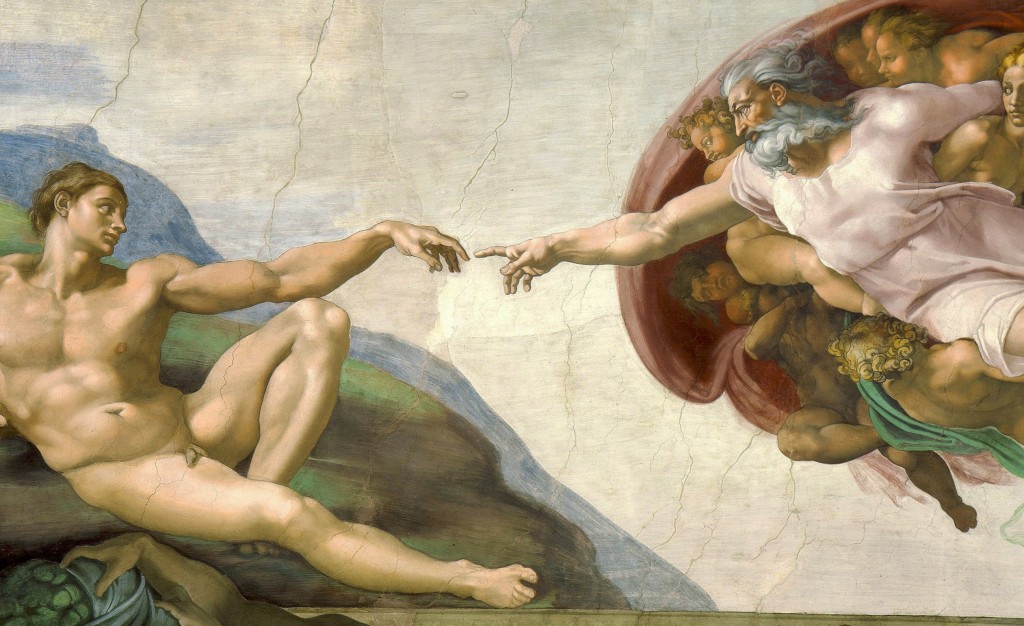Ministry Matters has a great new post exploring the roots of gendered identity, titled “Genesis, gender and justification.”
“Children see that there is a difference in our language and in the way we dress. They see gender roles and gender expression. They perceive that we treat people differently, that we use different language for different people, and they ask, “Why?”
Do you find it interesting that children have to ask why? That they aren’t born knowing why? At some point, we all have to have gender explained to us.
Most parents answer their children with a biology lesson. “Boys have penises and girls have vaginas,” as though that explains dress and hairstyles, football and ice dancing, My Little Pony and Transformers, pay inequality and patriarchy. It explains nothing. It’s what we call “biological essentialism,” although we could also call it a “red herring.””
The author, Dave Barnhart, examines the creation accounts of Genesis and shows that they can be understood as either prescriptive or descriptive. For example;
“For the religious, we have sacred texts. Genesis 1:27 says: “God created humanity in God’s own image; in the divine image God created them; male and female God created them.” Some people read this descriptively: every human being, regardless of gender, is created in the image of God. Others read this verse prescriptively: God decreed that every human being should be one or the other”
The author then draws upon the experience of ancient Israel to favor the descriptive, and from that show that such a reading leads us to an inclusive view of who can be among the people of God.
“I read the Genesis text from an inclusive perspective: It is not just men who are made in the image of God. Keep in mind, the people writing this text were Hebrews who had a memory of slavery in Egypt, where all the gods looked like the rich and powerful who oppressed them. The Hebrew theology makes a radically inclusive claim: All people are made in God’s image, regardless of their power, their gender or their social status. God is no more limited by gender or human categories than God is limited by time. No one image of humanity can describe God, because God’s image is stamped on all of us.”
The article then shows how such a descriptive, inclusive perspective plays into contemporary debates over the full inclusion of LGBTQ persons. It’s a clear and concise article worth sharing with anyone who struggles over this issue in their faith lives.

